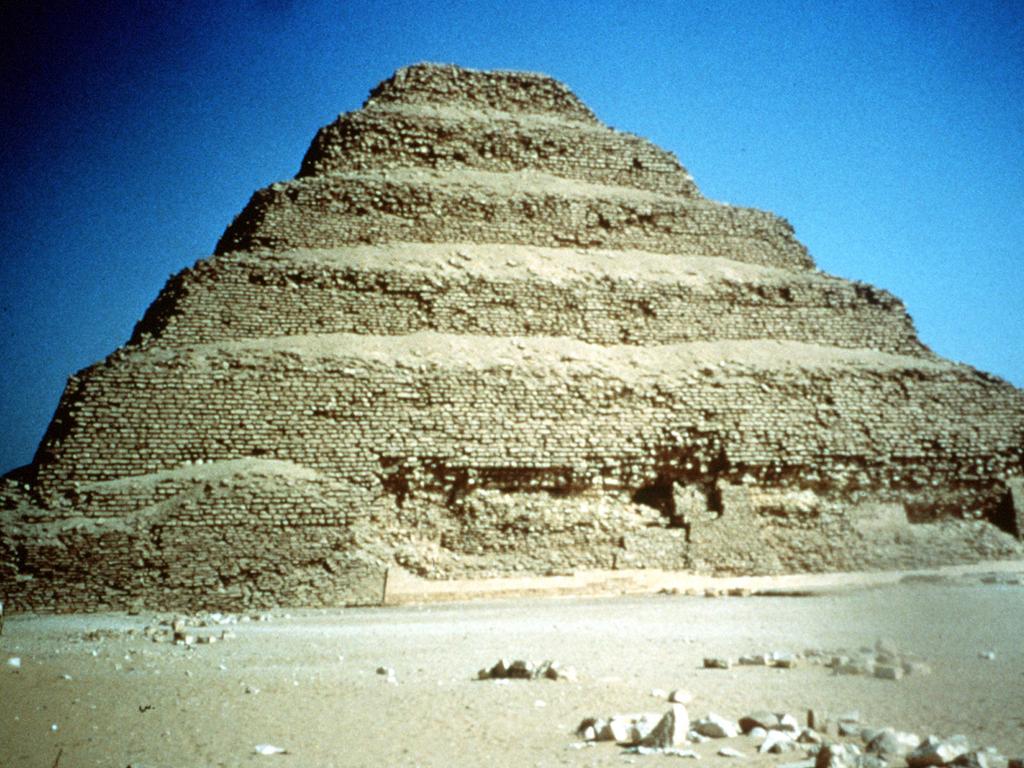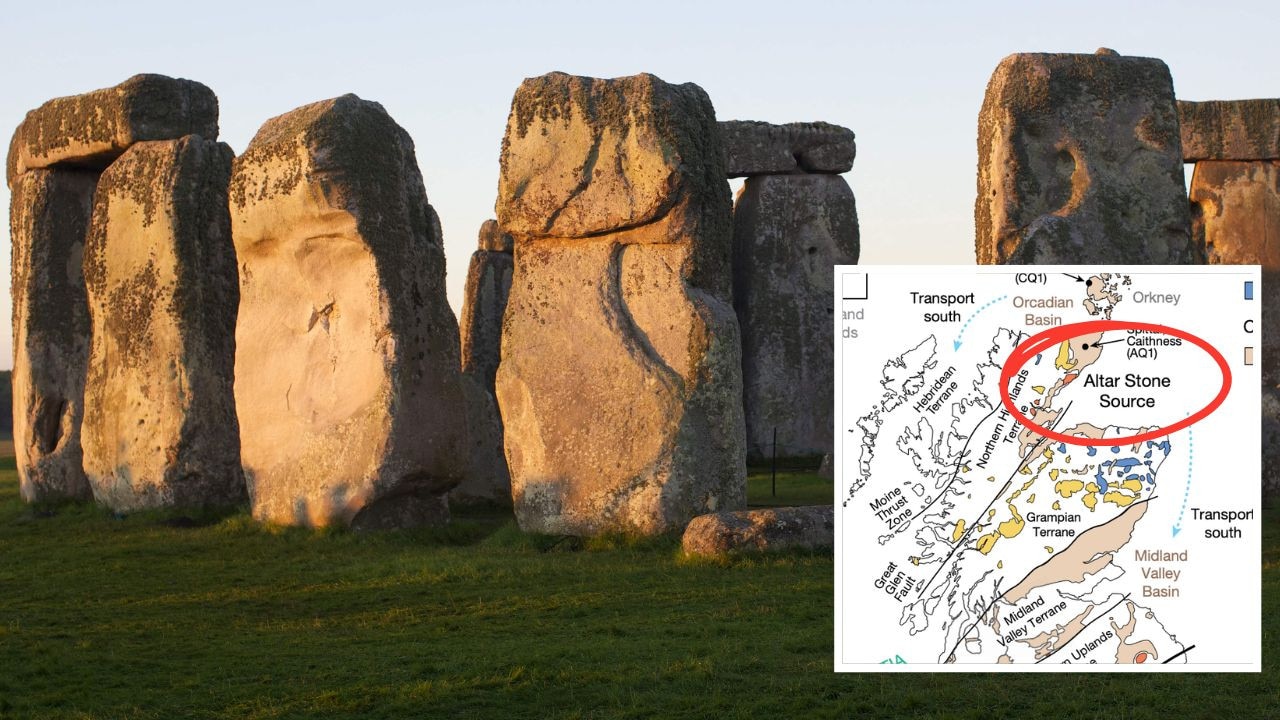Unexpected finding about Egypt’s pyramids
Egypt’s famous pyramids may have been built with unexpected help, a new study has proposed.

Archaeology
Don't miss out on the headlines from Archaeology. Followed categories will be added to My News.
A new study aims to answer the centuries-old question of how the Great Pyramids were built thousands of years ago.
Its findings have provided an unexpected possible answer: water.
Though deserts are typically known to lack the wet stuff, the study published in Plos One, a Public Library of Science journal, Monday theorised that Egyptians used water power to construct the pyramids.

The Step Pyramid of Djoser, erected some 4500 years ago, may have been built through the use of a unified water-powered hydraulic lift system, the study authors found.
Previous theories surrounding how the Step Pyramid was built suggested that ancient Egyptians used a system of ramps and levers to give the structures their towering heights.
But the new and never-before-reported theory suggests the pyramids’ architects utilised nearby canals for their construction process, much like Egyptians of the time used the canals to irrigate their crops.
“Ancient Egyptians are famous for their pioneering and mastery of hydraulics through canals for irrigation purposes and barges to transport huge stones,” the researchers wrote.
“This work opens a new line of research: the use of hydraulic force to erect the massive structures built by Pharaohs.”

The study argues that the ancient Egyptians used pressurised water to float the pyramid’s building stones toward the upper levels of the growing structure through an internal shaftway in a process known as “volcano” construction.
The researchers said they found evidence of a unified water filtration and hydraulic system at the Step Pyramid that purified water from nearby canals and regulated its flow for practical uses.
They believe the Step Pyramid may have been built downstream from a watershed and that the nearby Gisr el-Mudir enclosure — which has long remained a mystery — was a massive sediment trap featuring an open check dam.
They also said they discovered the potential presence of a dried-up ephemeral lake west of the pyramid which likely filled up the “Dry Moat” encircling the pyramid complex, which then connected with a deep trench that brought water below the ground and up into the shaft inside the pyramid.
“We have uncovered a possible explanation for how the pyramids were built involving hydraulic force,” the report authors said in their conclusion.
“The internal architecture of the Step Pyramid is consistent with a hydraulic elevation device never reported before.”
The authors hope to conduct further research to understand how the possible water lift system worked in more detail.
This story was published by the New York Post and reproduced with permission
Originally published as Unexpected finding about Egypt’s pyramids








